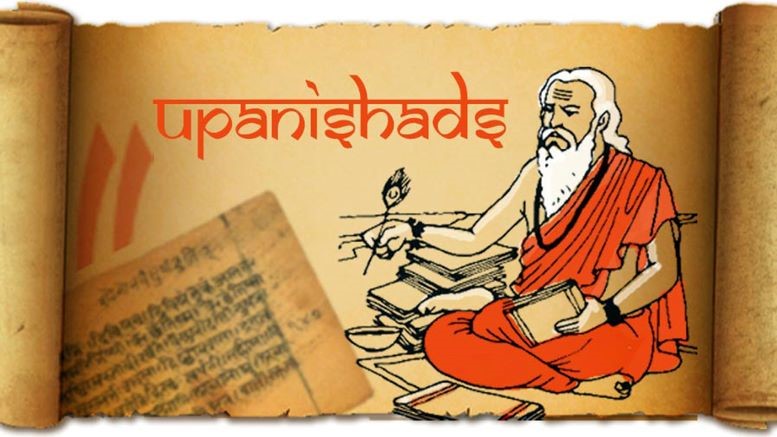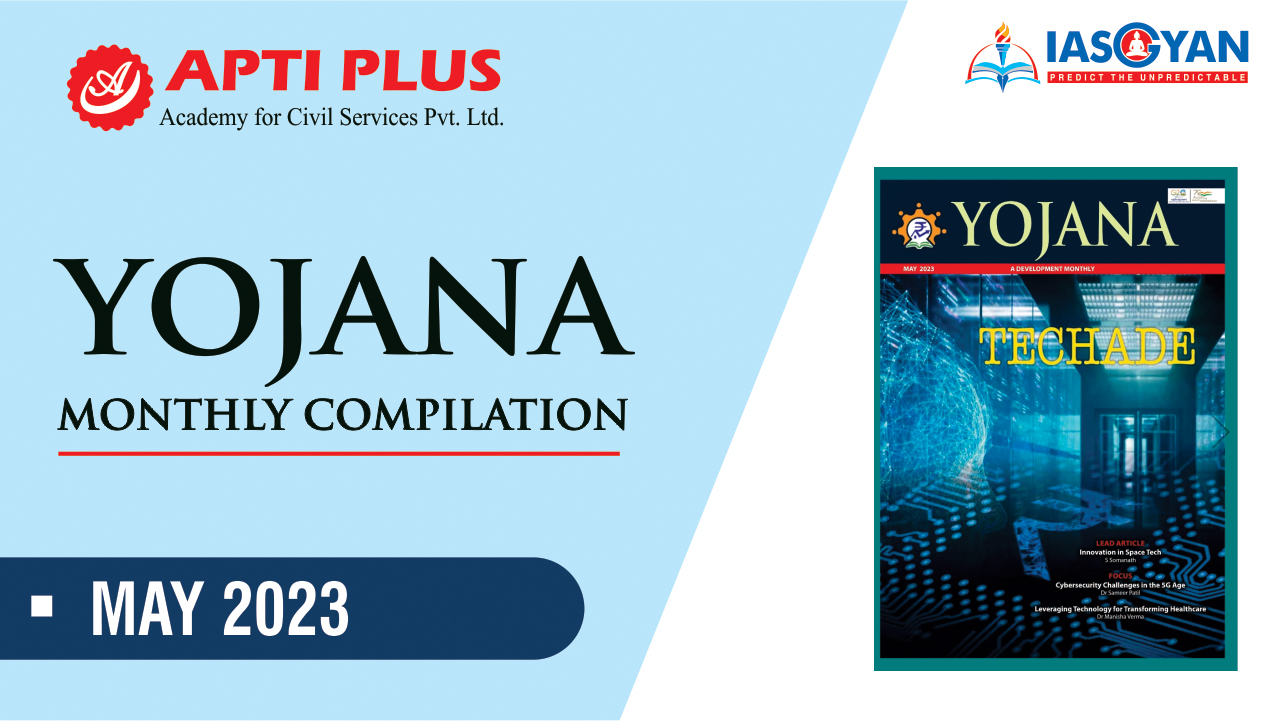Description

Disclaimer: Copyright infringement not intended.
Context
- US President Joe Biden and the First Lady Jill Biden hosted Indian PM Narendra Modi for a private dinner.
- Apart from the book mentioned above Indian PM gifted 7.5 carat lab-grown diamond and an exquisite sandalwood box to the first couple.
Other Details
- PM Modi is on a visit to USA to hold bilateral talks on various interest areas like jets engine production, semiconductor chip manufacturing, and drones.
- Earlier, during his visit to USA, PM Modi received a ceremonial welcome at the White House.
- He also gave a welcome speech addressing US Congress.

About The Ten Principal Upanishads book
- This book considered to have the best and authentic translated version of the Upanishads.
- It is translated in English from Sanskrit by Irish poet WB Yeats along with Shri Purohit Swami, a scholar of Hindu scripture.
- It was written in mid-1930s and published in 1937.
WB Yeats
- WB Yeats was an Irish origin modern poet in English and was central to the Irish Literary Revival.
- He was influenced by the works of John Keats and William Wordsworth.
- In 1923, he won Nobel Prize in Literature.
- He had an infatuation with Indian philosophy and literature, which lasted a lifetime.
- The love towards India has motivated him to translate Upanishads.
- His aim was to translate Upanishads in such a manner that they remain true to the original text and hence enhancing their accessibility to a common person.
Inspiration for Translation
- Mohini Chatterjee, a recognisable name in Bengal’s burgeoning Theosophical circles influenced him and inclined him towards India initially.
- He was most influenced by his friendship with Rabindranath Tagore and particularly with the beauty of Gitanjali, a collection of poems by Tagore.
- Afterwards, the poor quality of English translated version of Upanishads underwhelmed him.
- Finally he collaborated with a scholar named Shri Purohit Swami for this translation.
Hindu Scriptures
- Hindu sacred scriptures are broadly divided in two categories Shruti and Smriti.
Shruti (the revealed)
- These are believed to be the most authoritative texts of Hindus.
- These include four Vedas namely –
- Rigveda
- Yajurveda
- Samaveda and
- Atharvaveda
- These also include other important texts like
- Brahmanas (ritual texts),
- Aranyakas (texts associated with forests) and
- Upanishads (philosophical texts)
Smriti (the remembered)
- These are less authoritative text as they are considered to be derived from Shruti.
- They include epics like
- Ramayana
- Mahabharata
- Dharmashastras
- Puranas and
- Other post-Vedic scriptures
Upanishads
- Believed to be written around 800-500 BC, these are considered one of the most important Hindu religious texts.
- These are more popular than Vedas and are fundamental text in in several traditions of study of Hindu religion.
- An 8th century Hindu scholar Adi Shankaracharya contributed to the popularity of Upanishads by focussing on Advaita Vedanta, a non-dualistic philosophy, tradition.
- In modern times Vedanta philosophy was subscribed by prominent figures of India like Swami Vivekananda and S Radhakrishnan.
- These are also known as Vedanta as they are believed to be the end of Veda.
- They seek to establish ontological connection between humanity and the cosmos by discussing concepts like transmigration.
- For instance Chandogya Upanishad emphasized connection between conduct and birth. For eg birth of human for good conduct and birth of a animal like dog if the conduct is evil.
- They believe in the ultimate reality of relation between Atman and Brahman and consider everything around as illusion.
- The Atman, or the distinct, is the unchanging self of an individual, and
- The Brahman is the ultimate reality in the universe.
- 10 Principal Upanishads are as below -
- Esha
- Kena
- Katha
- Prashna
- Mundaka
- Mandukya
- Taittiriya
- Aitareya
- Chandogya
- Brihadaranyaka
Must read Article:
https://www.iasgyan.in/daily-current-affairs/adi-shankaracharya
https://www.iasgyan.in/blogs/schools-of-indian-philosophy
|
PRACTICE QUESTION
Consider the following statements about Upanishads:
1. These belong to the Smriti category of Hindu sacred texts.
2. They are believed to signal the end of total Vedas.
Which of the statements given above is/are correct?
A. 1 only
B. 2 only
C. Both 1 and 2
D. Neither 1 nor 2
Answer: (B)
|
















